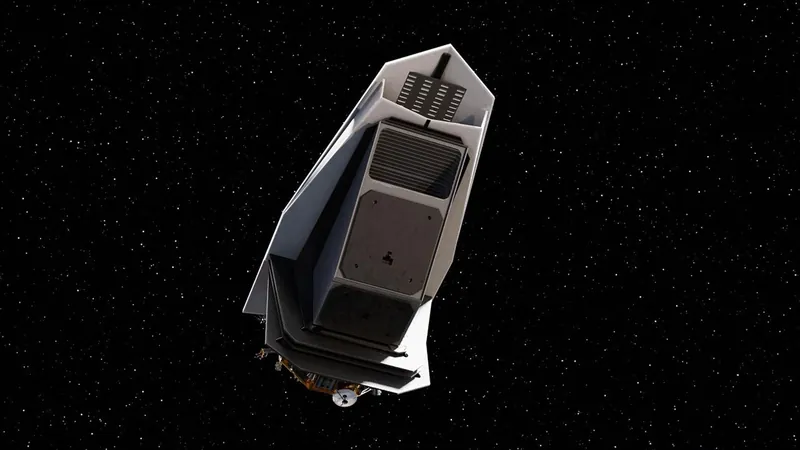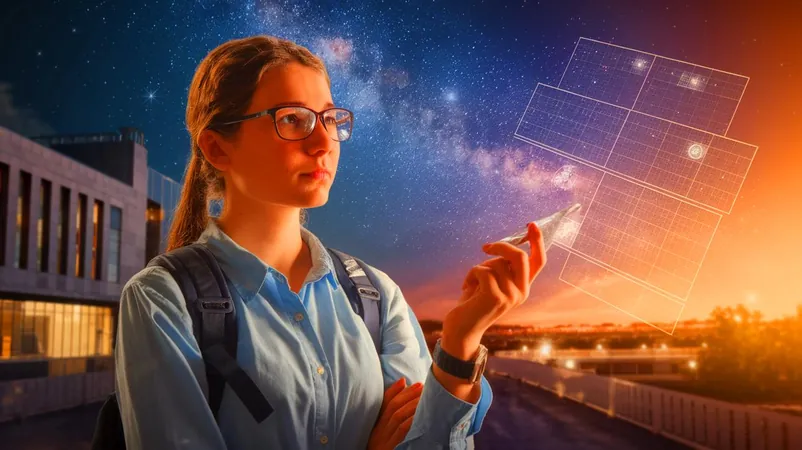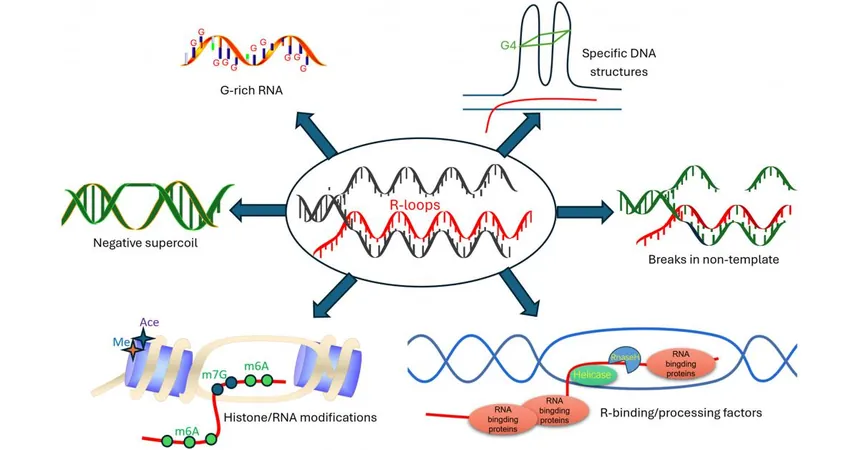
NASA's Asteroid Defense: What You Need to Know
2025-04-11
Author: Li
Asteroid Alert: The Threat That Shook Us
In February, asteroid 2024 YR4 sent shockwaves through news headlines with predictions of a possible impact with Earth on December 22, 2032. Thanks to NASA's Center for Near Earth Object Studies (CNEOS), it was revealed that the likelihood of a collision peaked at over 3%—the highest on record for an asteroid of its size. The potential devastation of such an impact sparked intense worry.
Good News: The Threat Level Dropped!
Fortunately, new data quickly changed the script, reducing the collision probability to under 1%. 2024 YR4 is no longer on the radar as a threat. This incident highlighted the critical need for ongoing observation of asteroid populations to identify future risks. The sharing of scientific data plays a pivotal role in assessing the near-Earth asteroid landscape, allowing researchers to stay ahead of potential threats.
The Global Hunt for Asteroids
The hunt for dangerous asteroids involves both professional scientists and enthusiastic citizen scientists around the globe. The Minor Planet Center, located at the Smithsonian Astrophysical Observatory in Massachusetts, collects and verifies extensive asteroid and comet observations submitted from all corners of the Earth. NASA's Small Bodies Node makes this information freely accessible to anyone eager to contribute.
Understanding Near-Earth Objects (NEOs)
An asteroid or comet that comes within 120 million miles of the sun is classified as a near-Earth object (NEO). If a newly detected body looks suspicious, its details appear on the Minor Planet Center's NEO Confirmation Page, inviting both professionals and amateurs to follow up and ascertain its trajectory.
The Alert System: Protecting Our Planet
If an asteroid's path becomes worrisome, CNEOS informs NASA's Planetary Defense Coordination Office (PDCO) in Washington, D.C. PDCO's mission is clear: protect Earth from hazardous asteroids. They also manage the International Asteroid Warning Network (IAWN), a global coalition of asteroid observers and modeling experts.
How NASA Identified 2024 YR4's Risk
Asteroid 2024 YR4 was first spotted by the ATLAS (Asteroid Terrestrial-impact Last Alert System) survey, funded by NASA to detect potentially hazardous asteroids. As more data flowed in from various observatories—many of which also participate in the IAWN—the understanding of 2024 YR4's trajectory refined dramatically.
The Power of Collaboration
Access to diverse data allows scientists to learn quickly about these NEOs. They often tap into astrophysical survey data, showing how interconnected planetary defense and broader astrophysical research truly are.
Innovations in Asteroid Deflection Technology
In groundbreaking news, NASA's DART (Double Asteroid Redirection Test) mission successfully altered the orbit of the asteroid Dimorphos in 2022—demonstrating a viable technique to deflect asteroids that may threaten Earth. Although Didymos posed no immediate danger, DART's success lays the groundwork for future planetary defense strategies.
The Future of Asteroid Observation
Looking ahead, NASA is preparing to launch the NEO Surveyor, a groundbreaking space-based observatory. Set for a fall 2027 launch, this mission is poised to become the first spacecraft fully dedicated to identifying dangerous asteroids and comets. The data collected will be widely shared, contributing to global monitoring efforts.
A Call for Vigilance
"Many NEOs that pose a risk to Earth have yet to be discovered," cautioned James "Gerbs" Bauer from NASA. While asteroid impacts are statistically infrequent, their potential consequences are grave. Open scientific communication is key to remaining vigilant in the face of these celestial threats.




 Brasil (PT)
Brasil (PT)
 Canada (EN)
Canada (EN)
 Chile (ES)
Chile (ES)
 Česko (CS)
Česko (CS)
 대한민국 (KO)
대한민국 (KO)
 España (ES)
España (ES)
 France (FR)
France (FR)
 Hong Kong (EN)
Hong Kong (EN)
 Italia (IT)
Italia (IT)
 日本 (JA)
日本 (JA)
 Magyarország (HU)
Magyarország (HU)
 Norge (NO)
Norge (NO)
 Polska (PL)
Polska (PL)
 Schweiz (DE)
Schweiz (DE)
 Singapore (EN)
Singapore (EN)
 Sverige (SV)
Sverige (SV)
 Suomi (FI)
Suomi (FI)
 Türkiye (TR)
Türkiye (TR)
 الإمارات العربية المتحدة (AR)
الإمارات العربية المتحدة (AR)